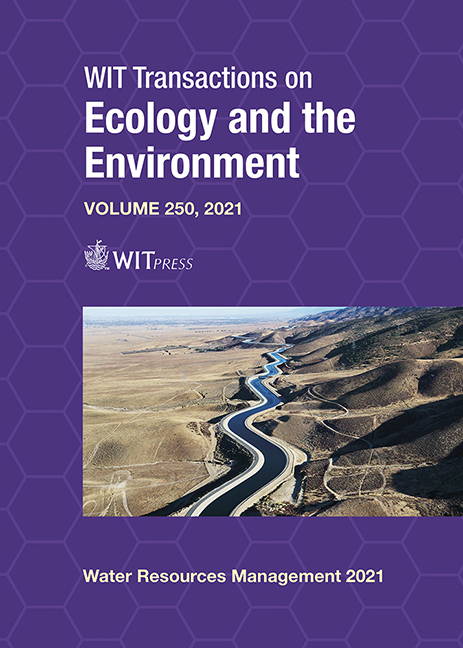HEAVY METALS IN RIVERS AFFECTED BY MINING ACTIVITIES IN ECUADOR: POLLUTION AND HUMAN HEALTH IMPLICATIONS
Price
Free (open access)
Transaction
Volume
250
Pages
12
Page Range
61 - 72
Published
2021
Size
405 kb
Paper DOI
10.2495/WRM210061
Copyright
Author(s)
KENNY ESCOBAR-SEGOVIA, SAMANTHA JIMÉNEZ-OYOLA, DANIEL GARCÉS-LEÓN, DANIELA PAZ-BARZOLA, EDUARDO CHAVEZ NAVARRETE, PAOLA ROMERO-CRESPO, BRYAN SALGADO
Abstract
Artisanal and small scale gold mining operations have been an important source of toxic elements in the environment, with possibly negative consequences for ecosystems and human health. This study aims to assess the pollution degree and human health risk due to heavy metals exposure in mining communities. The data correspond to samples collected in rivers located in the vicinity of Ponce Enríquez, one of the most important gold mining sites in Ecuador. The concentrations of As, Cd, Cu, Pb, and Zn were analysed in surface water (n = 13) and sediment (n = 7) samples. Heavy metals contents were compared with (a) the corresponding backgrounds values (Bi) and (b) the permissible limits established by the Ecuadorian regulation. Furthermore, the Geo-accumulation Index (Igeo) and Metal Index (MI) were estimated for sediments and surface waters, respectively. Lastly, the potential adverse effects on human health due to the exposure to HMs in polluted rivers were carried out based on the hazard index (HI) and total cancer risk (TCR), using the traditional deterministic approach. The results showed that surface waters and sediments were enriched in heavy metals. The 57% of the sediment samples showed severe to extremely pollution (Igeo > 3) due to the high contents of As and Cd. On the other hand, surface water was in the strongly to seriously affected category (MI > 3) in 23% of the sample’s locations, with As, Cu and Pb as the main contaminants. Likewise, residents exposed to polluted rivers showed HI and TCR values above the safe exposure threshold (HI = 1 and TCR = 105), being as the main contributor to the overall risk. Based on the preliminary results found in this research, future rivers monitoring and control efforts are needed to reduce the pollutions levels and the health hazard of the inhabitants of the mining areas.
Keywords
mining, pollution, heavy metals, health risk





